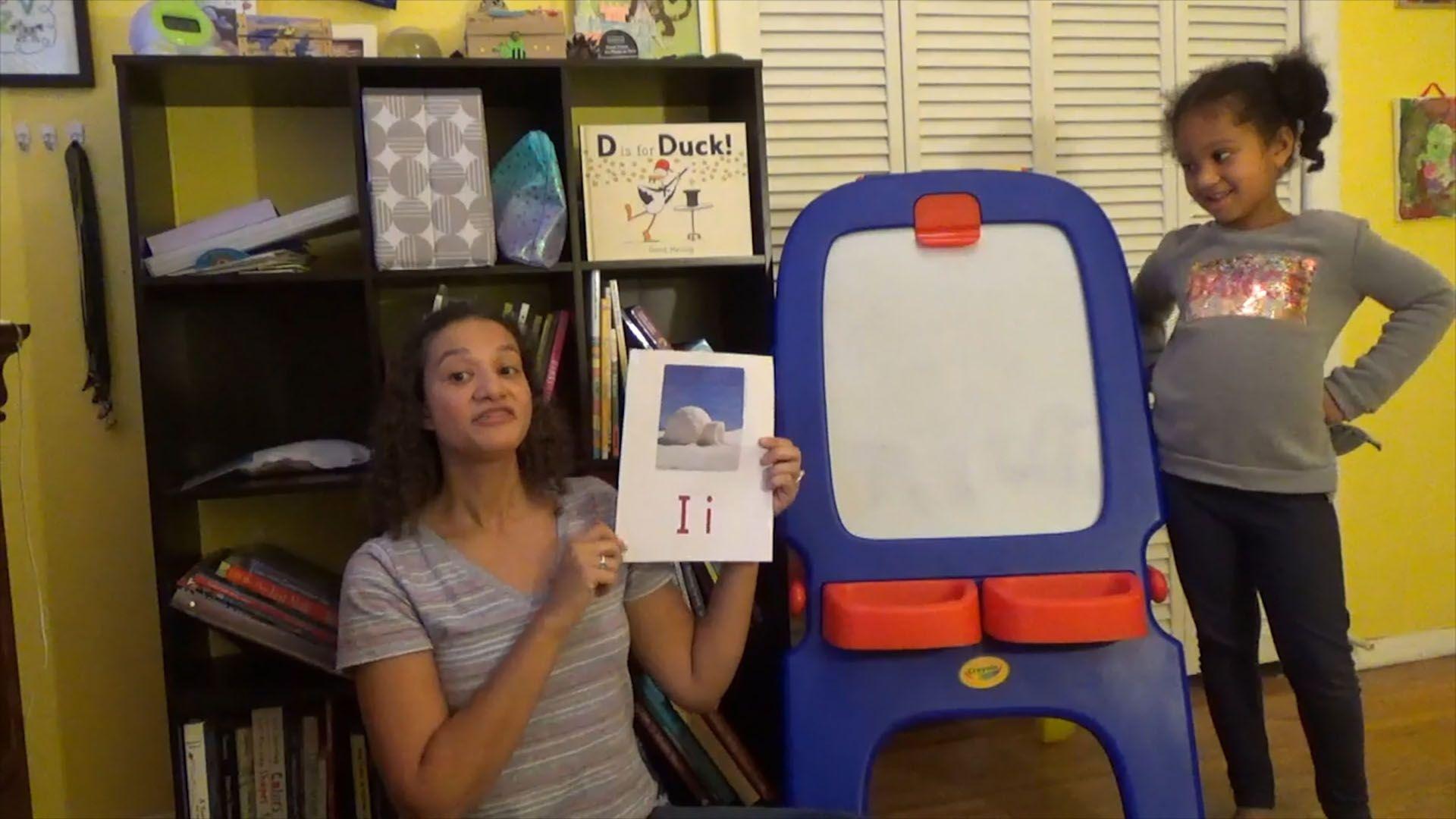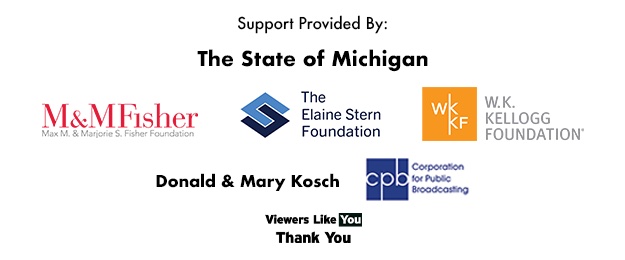Subjects
Shows
Decompose (break down) the steps needed to solve a problem into a precise sequence of instructions.
Develop plans that describe a program’s sequence of events, goals, and expected outcomes.
Give attribution when using the ideas and creations of others while developing programs.
Debug (identify and fix) errors in an algorithm or program that includes sequences and simple loops.
Using correct terminology, describe steps taken and choices made during the iterative process of program development.
Compare how people live and work before and after the implementation or adoption of new computing technology.
Work respectfully and responsibly with others online.
Keep login information private, and log off of devices appropriately.
Select and operate appropriate software to perform a variety of tasks, and recognize that users have different needs and preferences [...]
Students develop and employ strategies for understanding and solving problems in ways that leverage the power of technological methods to [...]
With guidance from an educator, students identify a problem and select appropriate technology tools to explore and find solutions
With guidance from an educator, students analyze age-appropriate data and look for similarities in order to identify patterns and categories.
With guidance from an educator, students break a problem into parts and identify ways to solve the problem.
Students understand how technology is used to make a task easier or repeatable and can identify real-world examples.
Students communicate clearly and express themselves creatively for a variety of purposes using the platforms, tools, styles, formats and digital [...]
With guidance from an educator, students choose different tools for creating something new or for communicating with others.
Students use digital tools to create original works.
With guidance from an educator, students share ideas in multiple ways—visual, audio, etc.
With guidance from an educator, students select technology to share their ideas with different people.
Students use digital tools to broaden their perspectives and enrich their learning by collaborating with others and working effectively in [...]
With guidance from an educator, students use technology tools to work with friends and with people outside their neighborhood, city [...]
With guidance from an educator, students use technology to communicate with others and to look at problems from different perspectives.
With guidance from an educator, students take on different team roles and use age-appropriate technologies to complete projects.
With guidance from an educator, students use age-appropriate technologies to work together to understand problems and suggest solutions
Students leverage technology to take an active role in choosing, achieving, and demonstrating competency in their learning goals, informed by [...]
With guidance from an educator, students consider and set personal learning goals and utilize appropriate technologies that will demonstrate knowledge [...]
With guidance from an educator, students learn about various technologies that can be used to connect to others or make [...]
With guidance from an educator, students recognize performance feedback from digital tools, make adjustments based on that feedback and use [...]
With guidance from an educator, students explore a variety of technologies that will help them in their learning and begin [...]
Students recognize the rights, responsibilities and opportunities of living, learning and working in an interconnected digital world, and they act [...]
Students practice responsible use of technology through teacher-guided online activities and interactions to understand how the digital space impacts their [...]
With guidance from an educator, students understand how to be careful when using devices and how to be safe online, [...]
With guidance from an educator, students learn about ownership and sharing of information, and how to respect the work of [...]
With guidance from an educator, students demonstrate an understanding that technology is all around them and the importance of keeping [...]
Students critically curate a variety of resources using digital tools to construct knowledge, produce creative artifacts and make meaningful learning [...]
With guidance from an educator, students use digital tools and resources, contained within a classroom platform or otherwise provided by [...]
With guidance from an educator, students become familiar with age-appropriate criteria for evaluating digital content.
With guidance from an educator, students explore a variety of teacher-selected tools to organize information and make connections to their [...]
With guidance from an educator, students explore real-world issues and problems and share their ideas about them with others.
Students use a variety of technologies within a design process to solve problems by creating new, useful or imaginative solutions.
With guidance from an educator, students ask questions, suggest solutions, test ideas to solve problems and share their learning.
Students use age-appropriate digital and non-digital tools to design something and are aware of the step-by-step process of designing.
Students use a design process to develop ideas or creations, and they test their design and redesign if necessary.
Students demonstrate perseverance when working to complete a challenging task.
A special kids' block with exciting content from zoos, libraries, and more!
"Let's Learn" is a daily series featuring educator instruction and virtual field trips.
Subjects
Shows
Decompose (break down) the steps needed to solve a problem into a precise sequence of instructions.
Develop plans that describe a program’s sequence of events, goals, and expected outcomes.
Give attribution when using the ideas and creations of others while developing programs.
Debug (identify and fix) errors in an algorithm or program that includes sequences and simple loops.
Using correct terminology, describe steps taken and choices made during the iterative process of program development.
Compare how people live and work before and after the implementation or adoption of new computing technology.
Work respectfully and responsibly with others online.
Keep login information private, and log off of devices appropriately.
Select and operate appropriate software to perform a variety of tasks, and recognize that users have different needs and preferences [...]
Students develop and employ strategies for understanding and solving problems in ways that leverage the power of technological methods to [...]
With guidance from an educator, students identify a problem and select appropriate technology tools to explore and find solutions
With guidance from an educator, students analyze age-appropriate data and look for similarities in order to identify patterns and categories.
With guidance from an educator, students break a problem into parts and identify ways to solve the problem.
Students understand how technology is used to make a task easier or repeatable and can identify real-world examples.
Students communicate clearly and express themselves creatively for a variety of purposes using the platforms, tools, styles, formats and digital [...]
With guidance from an educator, students choose different tools for creating something new or for communicating with others.
Students use digital tools to create original works.
With guidance from an educator, students share ideas in multiple ways—visual, audio, etc.
With guidance from an educator, students select technology to share their ideas with different people.
Students use digital tools to broaden their perspectives and enrich their learning by collaborating with others and working effectively in [...]
With guidance from an educator, students use technology tools to work with friends and with people outside their neighborhood, city [...]
With guidance from an educator, students use technology to communicate with others and to look at problems from different perspectives.
With guidance from an educator, students take on different team roles and use age-appropriate technologies to complete projects.
With guidance from an educator, students use age-appropriate technologies to work together to understand problems and suggest solutions
Students leverage technology to take an active role in choosing, achieving, and demonstrating competency in their learning goals, informed by [...]
With guidance from an educator, students consider and set personal learning goals and utilize appropriate technologies that will demonstrate knowledge [...]
With guidance from an educator, students learn about various technologies that can be used to connect to others or make [...]
With guidance from an educator, students recognize performance feedback from digital tools, make adjustments based on that feedback and use [...]
With guidance from an educator, students explore a variety of technologies that will help them in their learning and begin [...]
Students recognize the rights, responsibilities and opportunities of living, learning and working in an interconnected digital world, and they act [...]
Students practice responsible use of technology through teacher-guided online activities and interactions to understand how the digital space impacts their [...]
With guidance from an educator, students understand how to be careful when using devices and how to be safe online, [...]
With guidance from an educator, students learn about ownership and sharing of information, and how to respect the work of [...]
With guidance from an educator, students demonstrate an understanding that technology is all around them and the importance of keeping [...]
Students critically curate a variety of resources using digital tools to construct knowledge, produce creative artifacts and make meaningful learning [...]
With guidance from an educator, students use digital tools and resources, contained within a classroom platform or otherwise provided by [...]
With guidance from an educator, students become familiar with age-appropriate criteria for evaluating digital content.
With guidance from an educator, students explore a variety of teacher-selected tools to organize information and make connections to their [...]
With guidance from an educator, students explore real-world issues and problems and share their ideas about them with others.
Students use a variety of technologies within a design process to solve problems by creating new, useful or imaginative solutions.
With guidance from an educator, students ask questions, suggest solutions, test ideas to solve problems and share their learning.
Students use age-appropriate digital and non-digital tools to design something and are aware of the step-by-step process of designing.
Students use a design process to develop ideas or creations, and they test their design and redesign if necessary.
Students demonstrate perseverance when working to complete a challenging task.
A special kids' block with exciting content from zoos, libraries, and more!
"Let's Learn" is a daily series featuring educator instruction and virtual field trips.




